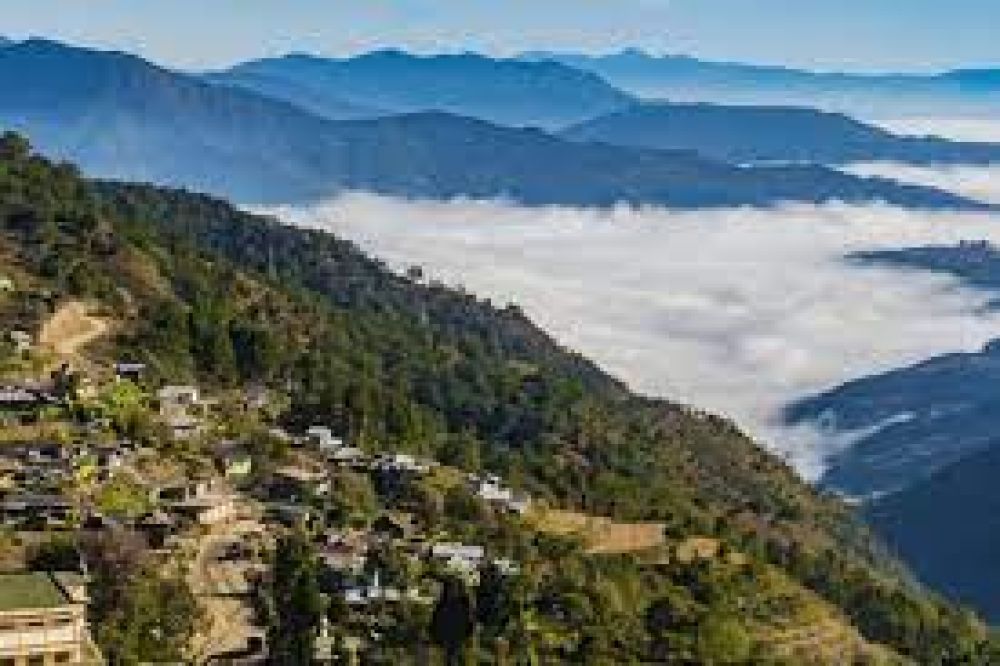

Located in the northeastern part of India, Phek is a district in the state of Nagaland known for its breathtaking landscapes, vibrant culture, and rich tribal heritage. The tourism history of Phek is deeply intertwined with the cultural and natural beauty of this region.
Tourism in Phek started gaining momentum in the late 20th century when the Indian government began to promote Nagaland as a unique destination highlighting the state's tribal culture, handicrafts, and festivals. However, it was not until the early 21st century that Phek started gaining prominence among tourists seeking offbeat and cultural experiences.
The government has consistently worked on improving the road connectivity and basic amenities in Phek to encourage tourism. Guesthouses and homestays began to emerge, giving visitors a chance to experience the local way of life. These developments have slowly propelled Phek into the limelight as a must-visit destination for those exploring the North East of India.
A significant boost to Phek's tourism has been through showcasing indigenous traditions. Festivals like Hornbill, celebrated in the first week of December, have been pivotal in attracting global attention. Villages in Phek like Khonoma, known for its green initiatives and terraced farming, have also added to the allure, bringing in eco-conscious travelers.
Nature tourism has seen a surge with the exploration of Phek’s pristine landscapes such as Shilloi Lake, Zanibu Peak, and lush valleys; these are now well-known spots among trekkers and nature enthusiasts. Ecotourism is being developed to promote sustainability and conservation efforts, which appeal to a growing segment of responsible travelers.
The latest trends in the region include village tourism, where travelers can immerse themselves in the Naga way of life, and adventure tourism, such as trekking and exploring uncharted territories within the district. There is an increased focus on small group travels and personalized experiences curated to offer an intimate look at the local culture and natural beauty.
The rise of technology and social media has had a profound impact on Phek tourism. Picturesque images and captivating stories shared online have generated a buzz and attracted travelers from across the globe. Digital marketing initiatives by the state and local tour operators have made it easier for potential tourists to discover and plan trips to this hidden jewel of India.
Despite the growth, Phek's tourism sector faces challenges such as uneven development and the need for professional training in hospitality services. However, these challenges present opportunities for sustainable tourism models that can lead to economic growth while preserving the region’s ecological and cultural integrity.
In conclusion, the history of tourism in Phek is one of gradual discovery and growing appreciation for its unique cultural tapestry and stunning natural landscapes. With continued development and responsible tourism practices, Phek's tourism potential is bound to reach greater heights in the coming years.